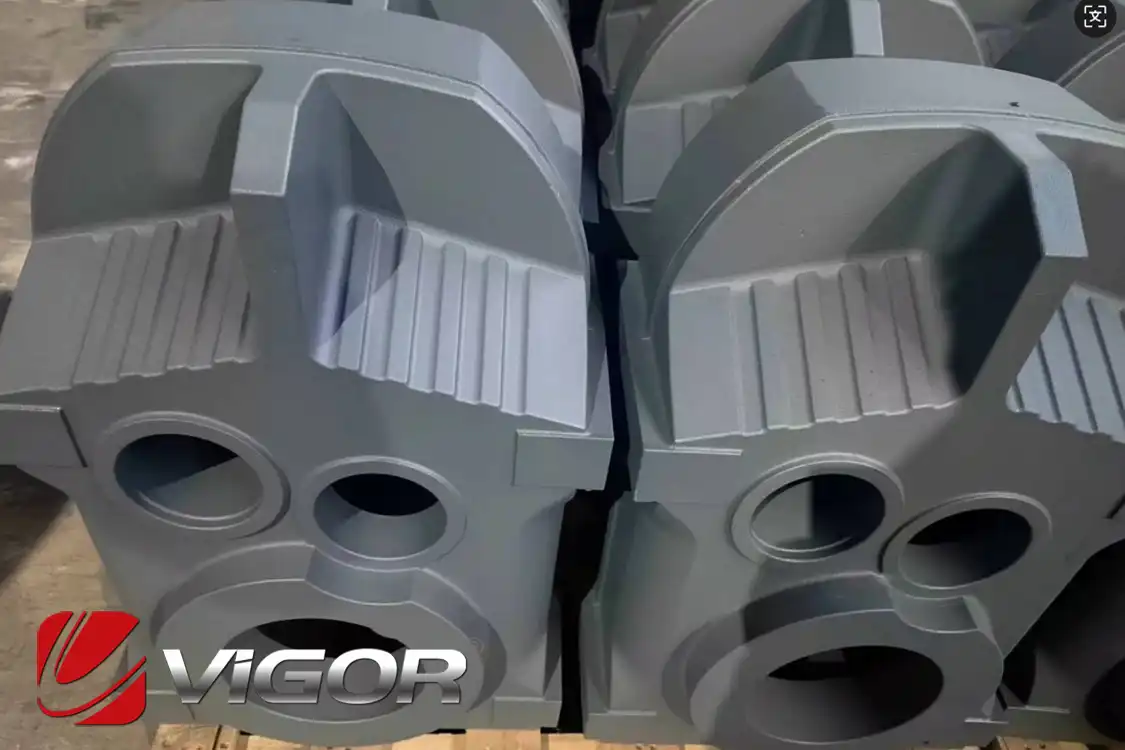
Knowledge
The Types of Reducer Housings and The Influence of Choosing Different Materials on The Housing
The types of reducer housings are diverse, and the specific choice often depends on the model of the reducer and the application scenario. Its core function is to protect the internal precise transmission components, effectively preventing dust, moisture, and other impurities from entering, thereby ensuring the stable operation of the reducer. At the same time, the housing also plays an important structural support role, ensuring the mechanical strength and stability of the entire reducer in complex working environments.
In terms of the selection of materials for the reducer housing, the commonly used materials mainly include aluminum alloy, cast iron cast steel, etc. The aluminum alloy housing is renowned for its light and strong characteristics. It not only has excellent anti-corrosion performance but also can maintain a good working state in high-temperature environments, making it suitable for various light mechanical and equipment applications, especially in scenarios where the overall weight needs to be reduced. The cast iron housing is widely favored for its compact structure and strong load-bearing capacity. It can not only withstand large loads and impacts but also has strong corrosion resistance and good wear resistance, making it particularly suitable for heavy mechanical and equipment applications, as well as transmission systems operating in harsh environments. Cast steel materials are highly favored due to their high strength, high hardness, high wear resistance, and excellent corrosion resistance, and are often used to manufacture reducer housings with extremely high-performance requirements.
When choosing the material for the reducer housing, it is necessary to comprehensively consider the actual application scenarios and the specific requirements of the transmission system. For instance, in industrial environments that require bearing extremely heavy loads and frequent impacts, cast iron or cast steel materials are undoubtedly more reliable choices, as they can provide sufficient mechanical strength and durability to ensure the long-term stable operation of the reducer. However, for applications that pursue lightweight design, need to work in corrosive environments or face high-temperature challenges, aluminum alloy materials are more suitable. Their excellent physical properties and chemical stability can effectively meet these special requirements.
Overall, the type and material selection of the reducer housing has a crucial impact on its overall performance and service life. Scientific and reasonable selection of the housing type and material can not only enhance the working efficiency and reliability of the reducer but also effectively extend its service life and reduce maintenance costs. Therefore, in practical applications, detailed analysis and careful consideration must be made based on the specific working environment and transmission requirements to ensure the selection of the most suitable housing material and type.
If you have any questions, demand, related parts development or improve your supply chain, please feel free to contact us atinfo@castings-forging.com




